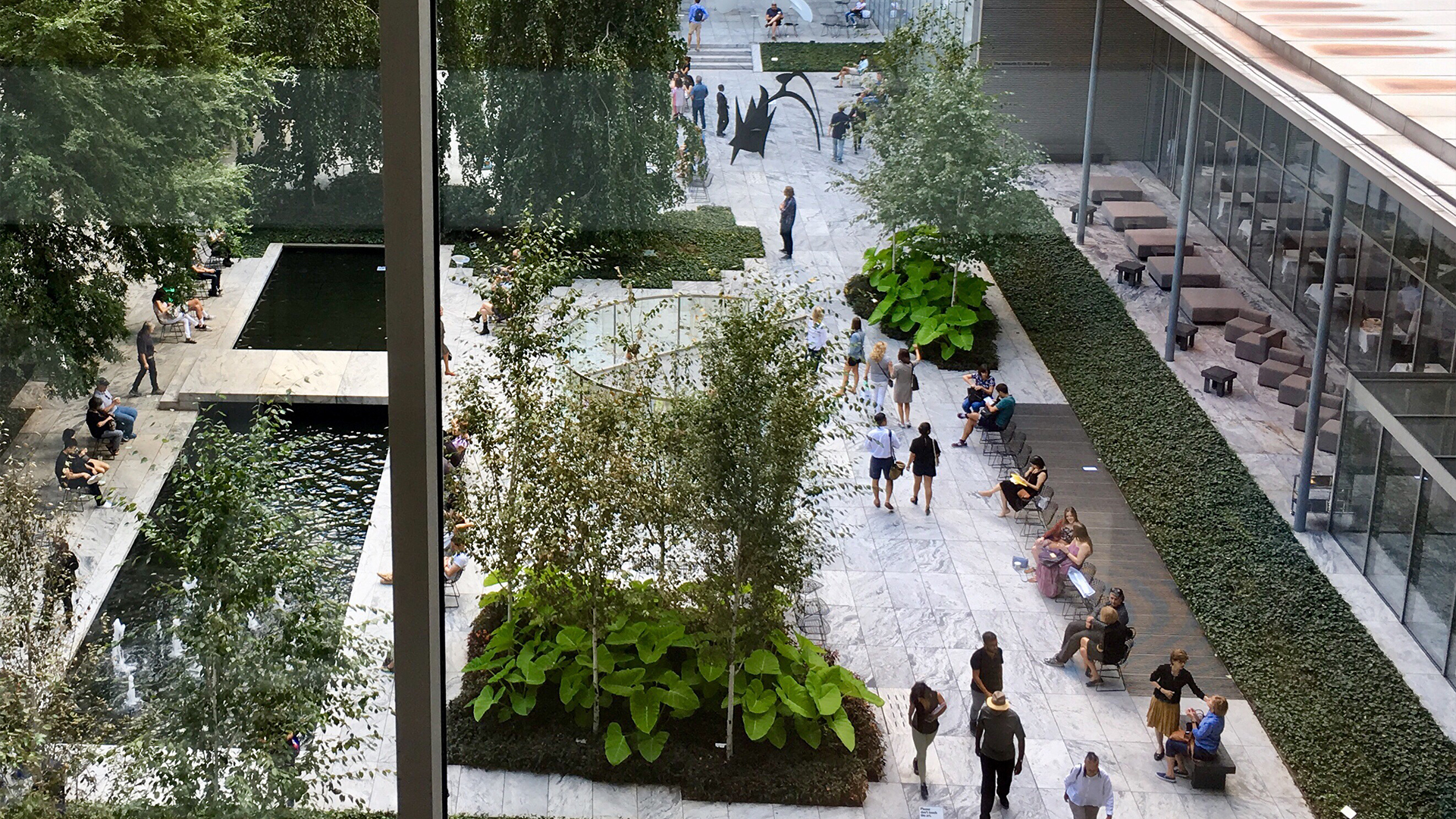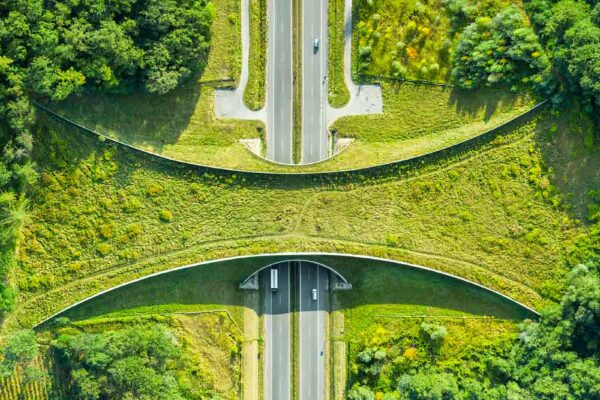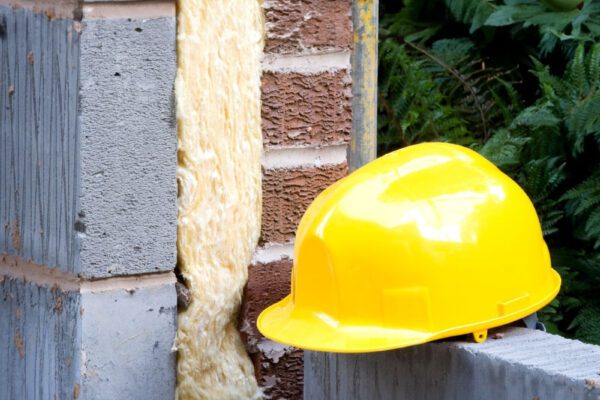Sustainable Building Design
When we think of sustainable building design we usually think about goals in three main areas: Environment, people and costs. The environment goal is to reduce the consumption of natural resources such as water, energy and raw materials and to prevent environmental damage that can be caused by the construction process. he people-oriented goal is to provide a comfortable, easy, safe and productive environment for the people living and working in the building. The cost related goal is to optimize the construction and operation of the building to reduce costs.
The sustainable framework is the product of evolving technology and environmental awareness over the past few years. Buildings have long been thought of as ecosystems and, as with all living ecosystems, buildings use resources and generate waste. But, through recent advances in sustainable building design, energy efficiency technology, and construction and facilities management software, resource usage and waste can be reduced.
Site Optimization
Sustainable building design starts from the site selection, including the location, orientation, landscape and parking areas. These parameters affect the local ecosystem and the energy consumption within the building. Above all, site optimization and building design must be complementary.
Creation of a project considering physical security is a critical problem while optimizing the site design. It is necessary to consider certain factors such as the environmental luminance, the location of the respective access road, car park and vehicle barriers.
Energy Efficiency
The term sustainability is often closely associated with climate change and energy dependence. The global energy demand is expected to increase by 47% until 2050. Although experts do not expect a change to avoid the use of gas and coal, it is a well-known fact that fossil fuels will continue to meet 60% of the global energy consumption until 2040.
It is a necessity that the sustainable design contains efficient energy resources not harming the environment such as solar energy and wind energy. These energy resources are not only efficient, but also significantly decrease the energy loads and encourage more people to make use of renewable energy to supply energy for the new buildings.
When designing a sustainable building from scratch, it is necessary to consider the long-term energy efficiency in addition to the attempts to increase the energy efficiency and decrease the energy consumption of the old buildings.
Water Conservation
New buildings change the hydrological and ecological functions of the land and thus the concept of sustainability is critical in a built environment. Sustainable buildings must focus on the minimization of the adverse impacts of the ecology and hydrology on the non-built environment.
Water conservation is a propriety from the design stage to the on-site construction. Sustainable building design should attempt to minimize the construction of soil strata that effects the fresh water stocks, in particular, in this era while there is risk of scarcity of fresh water in different territories of the world.
Accordingly, new buildings should encourage water efficiency, and minimize and recycle waste in everywhere it is possible to do so. It is important to consume as less energy as possible when attempting to bring potable water to houses.
Material Optimization
Natural resource consumption is increasing in line with the rapid growth of the world’s population. Integrated and intelligent material use is crucial when supplies are limited. Sustainable building design should look to reduce the use of resources and minimize toxicity to reduce environmental impact. It is quite useful to achieve sustainability through material optimization in a built environment, in particular, when it is required to protect the financial resources and environment.
Indoor Environmental Quality Enhancement
A building’s indoor environmental quality has a significant impact on occupant health, comfort, and productivity. Sustainable buildings consequently maximize natural light, facilitate natural ventilation, control moisture levels, optimize comfortable acoustic levels and avoid materials with high volatile organic compound emissions.
Operational Optimization
Architects and designers can specify materials and systems that reduce maintenance requirements, require less energy and water, and produce less waste. Planning for operation and maintenance during the design phase will improve the working environment, increase productivity and prevent breakdowns.







